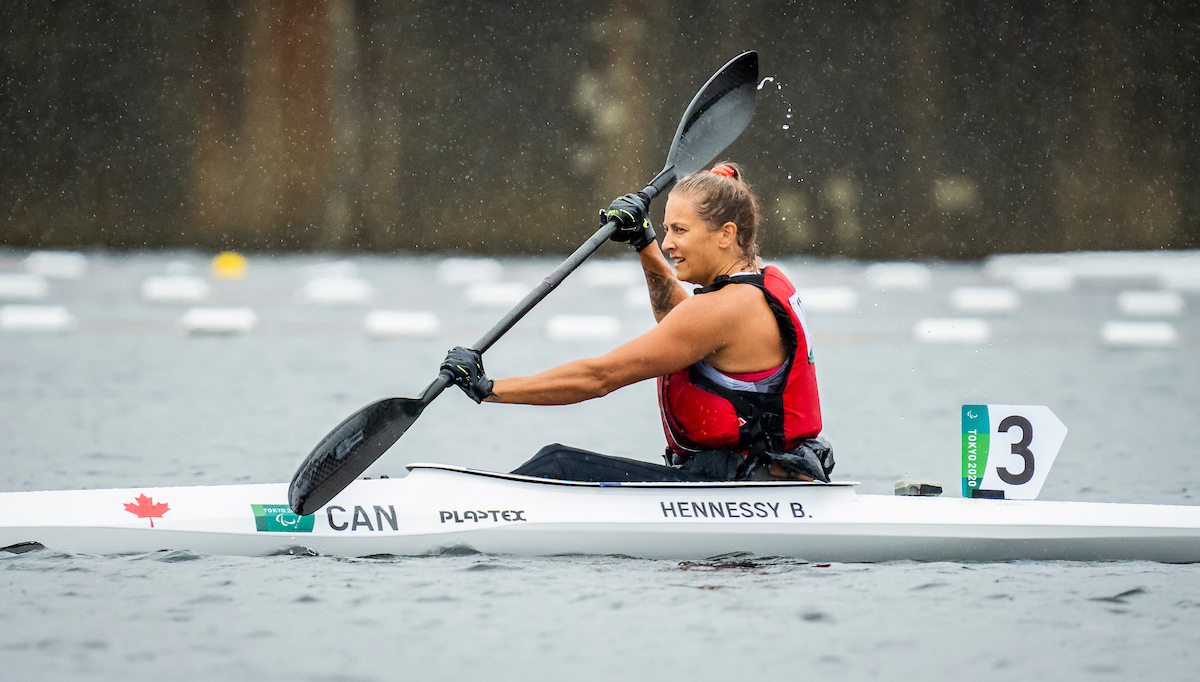
Para canoe
Summer Sports
The two main boats are the kayak and va’a boats. Whilst the kayaks are the main Para canoe boats and are propelled by a double-blade paddle, the latter are outrigger canoes propelled by a single-blade paddle. Each boat is adapted according to the functional abilities of its crew members. Athletes with any type of physical-motor impairment may participate in competitions.
Athletes competing in paracanoe are grouped into the following sport classes: KL1/VL1: Athletes have no or very limited trunk and function and no leg function. KL2/VL2: Athletes have partial trunk function and are able to sit upright in the kayak. They also have partial leg function and limited leg movement during paddling. KL3/VL3: Athletes have trunk function and partial leg function. Athletes are able to sit in the kayak with trunk in forward flexed position and able to use at least one leg or prosthesis
Canada is led in Para canoe by four-time world champion Christine Gauthier. Para canoe events have been held at the International Canoe Federation World Sprint Championships annually since 2010. Para canoe was included in the Paralympic Games for the first time in Rio 2016.
Just as with Olympic Canoe, Para canoe is governed internationally by the ICF. Canoe Kayak Canada is the National Sport Federation.
Athletes competing in paracanoe have a physical impairment and are grouped into the following three sport classes: KL1: Athletes have no or very limited trunk and function and no leg function. KL2: Athletes have partial trunk function and are able to sit upright in the kayak. They also have partial leg function and limited leg movement during paddling. KL3: Athletes have trunk function and partial leg function. Athletes are able to sit in the kayak with trunk in forward flexed position and able to use at least one leg or prosthesis.
"*" indicates required fields